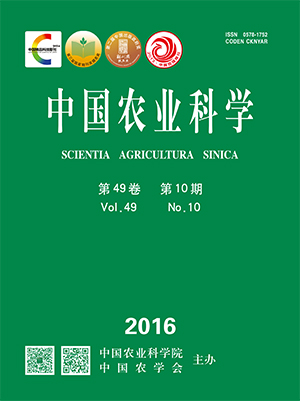【Objective】The study examined the relation of soil phosphorus (P) availability with P balance under long-term fertilization and the critical Olsen-P value for crop yield and reasonable application of P fertilizer and provided theoretical basis for the scientific application of P Fertilizer and keep sustainable high production efficiency in paddy soil from yellow earth. 【Method】 The study was based on the long-term fertilization experiment of yellow soil in Guizhou. Soil and plant samples were collected from six treatments: without fertilization (CK), two single chemical fertilizer treatments (NK and NPK), single manure treatment (M), and two organic and inorganic fertilizer combination treatments (1/2 M+1/2 NPK and MNPK). Nineteen years (1995-2013) of paddy soil from yellow earth were analyzed for content of soil Olsen-P and the amount of P uptake by plants. The relationship between soil Olsen-P and soil apparent P balance, the relative yield of maize, and phosphorus application rate were studied by the method of linear regression based on a long-term fertilization experiment. The response relationship of crop yield to soil Olsen-P was used the Mitscherlich equation to examine the critical Olsen-P value for crop yield. 【Result】 The results showed that long term application of P fertilizer could significantly increase the content of soil Olsen-P. The Olsen-P annual growth rate was between 0.72 and 2.47 mg·kg-1·a-1 of the treatments with P fertilizer. Among them, MNPK treatment was the highest, and the NPK treatment was the lowest. Compared with single application of chemical fertilizer treatment (NPK) and single application of organic fertilizer (M), The treatments of combined application of organic fertilizer and chemical fertilizer (1/2 M +1/2 NPK) could promote the absorption of P in crops. The soil P content was depleted each year in the no-P treatments, while in the treatments with P fertilization there was surplus. The accumulative phosphorus amount was between 176-1 200 kg·hm-2, the P surplus with MNPK treatment was the highest. The P balance was significantly (P<0.05) correlated with the Olsen-P. With an average surplus of 100 kg P·hm-2, the soil Olsen-P increased by 4.0 mg·kg-1, 2.0 mg·kg-1, 3.2 mg·kg-1, 2.0 mg·kg-1, in the NPK, M, 1/2 M +1/2 NPK, MNPK treatments, respectively. The critical Olsen-P value for crop yield was 15.8 mg·kg-1 in paddy soil from yellow earth. The P balance and Olsen-P content every year were very significantly (P<0.01) correlated with P application amount. When the average P application amount was 17.4 kg P·hm-2·a-1, the P balance was flat. The critical value of soil Olsen-P corresponding to the amount of fertilizer was 37.2 kg P·hm-2·a-1. 【Conclusion】Soil Olsen-P content is affected by the surplus and deficit of soil P, and also by the P fertilizer input amount. When the average P application amount is 17.4 kg P·hm-2·a-1, the P balance was flat. When the average P application amount is 37.2 kg P·hm-2·a-1, there will be higher crop yield, high production of P fertilizer efficiency, and less accumulation in the soil.When the average P application amount is greater than 37.2 kg P·hm-2·a-1, it will lead to low response in crop yields, which not only results in a large amount of P surplus in soil, but also increases the loss risk of soil P. Under the condition of a certain amount of P surplus, long-term application of chemical P fertilizer resulted in the increased amount of Olsen-P which is higher than treatments with manure.









